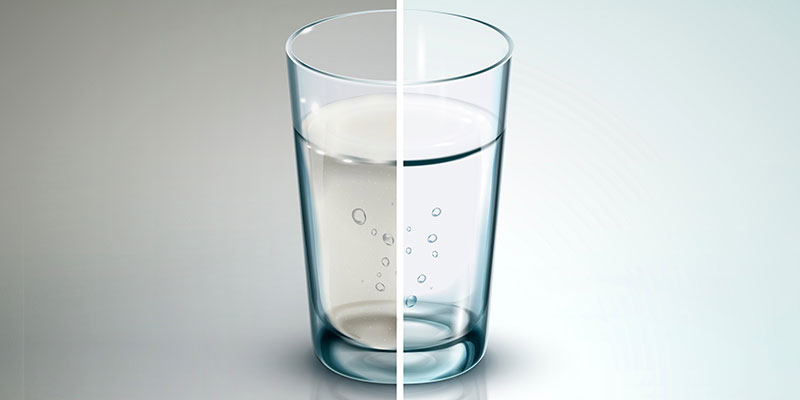With modern technology, wastewater can be safely treated for use as drinking water.
With proper treatment, recycled water is an important means of providing adequate drinking water to the world’s growing population
Drinking water comes from a variety of sources, including underground aquifers, surface waters such as rivers and lakes, desalinated seawater, and melted ice. Another option is water reuse. While drinking recycled sewage water may seem like an unappetizing option, when treated appropriately, recycled wastewater is a completely feasible, safe, and sustainable source of drinking water.
A new video released by the American Chemical Society explains how drinking water and wastewater are treated, and why advances in wastewater treatment can now render recycled wastewater safe to drink.
As the climate becomes hotter and drier, and the global population continues to grow, water scarcity is becoming a reality across the world and many cities are running out of water. When we use this valuable resource and simply flush it away, we are flushing away a much-needed resource.
Treating Drinking Water
Throughout history, civilizations have come up with different methods of cleaning water. Some of these methods include straining the dirt out, adding alum to cause dirt particles to coagulate and sink to the bottom, and heating water or placing it in the sun.
Activated carbon, which is highly adsorbent, is a commonly used technology used in both water treatment plants and home water filters to remove a wide range of primary (harmful) and secondary (nuisance) contaminants.
While all these methods improve the taste of water, they don’t necessarily kill germs that make us sick. Now chlorinating drinking water to kill pathogenic microbes, or disinfecting it with UV light, is standard practice.
Treating Wastewater
Once the treated water has been used in our homes, in urban areas it is typically flushed into a sewer that brings it to a wastewater treatment facility, where it’s treated before being discharged into the environment or reused.
Currently, about 8% of water in the United States is reused, primarily as irrigation water or to recharge aquifers. This wastewater goes through two stages of treatment (primary and secondary treatment) to ensure it can be safely discharged into the environment.
During the primary stage of activated sludge wastewater treatment, a common form of aerobic treatment, objects such as plastic bags, bottles, branches, and other debris are screened out before the wastewater is sent to a settling chamber where silt, gravel and biosolids settle out, often with the help of added coagulants.
During the secondary stage of treatment, aerobic bacteria break down organic matter, such as dissolved fats and sugars, that may be present in the wastewater. Air is added to the water to increase bacterial activity to speed things up.
Advanced Technology
Wastewater treatment has been advancing in recent years, offering cleaner water and more energy-efficient treatment. One example is Fluence’s membrane aerated biofilm reactor (MABR). It uses a membrane biofilm to treat domestic wastewater to a high standard, and with one pass it’s ready for nonpotable reuse.
Effluent can be treated further (tertiary treatment) to improve its appearance and taste, and to remove pathogenic organisms responsible for waterborne diseases. This stage can include treatment technologies including ultrafiltration and reverse osmosis, as well as chemical and UV disinfection.
All water is recycled in some shape or form. As we face water scarcity, it’s time to embrace widespread adoption of treated wastewater. Fluence offers a wide range of technologies for treating wastewater and potable water. For example, effluent from our Mayan Zvi wastewater treatment plant in Israel is being used to irrigate avocado trees, and our South Africa direct potable reuse pilot using MABR technology is taking water from toilet to tap. Contact our water experts to learn more about the wastewater treatment solutions we offer, and which one would best suit your needs.

